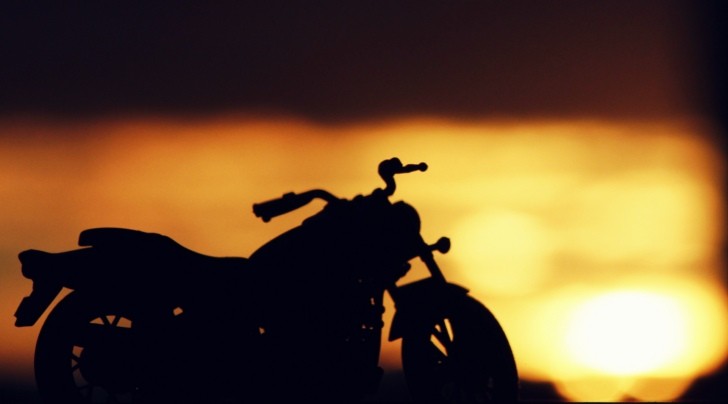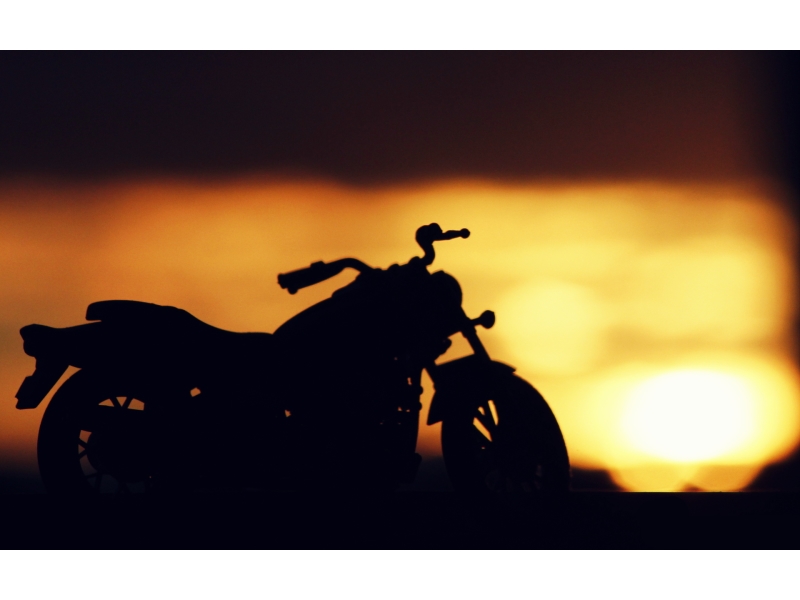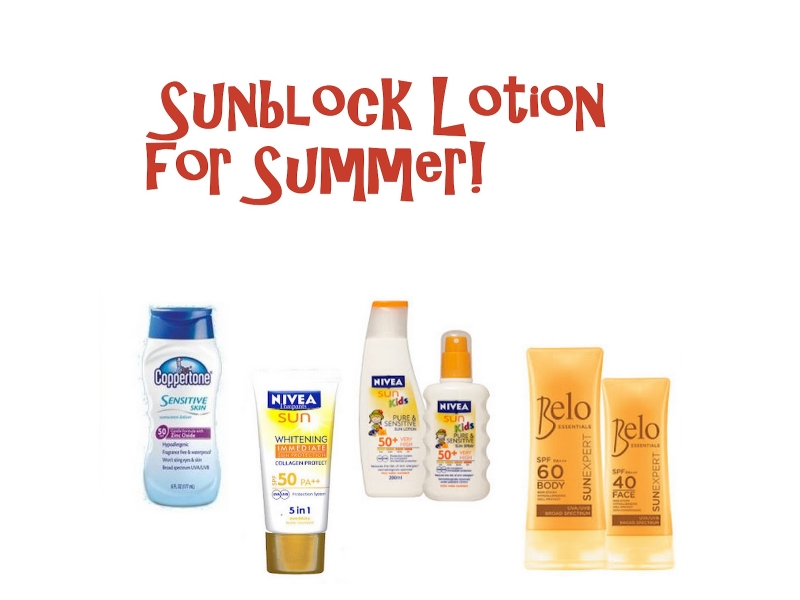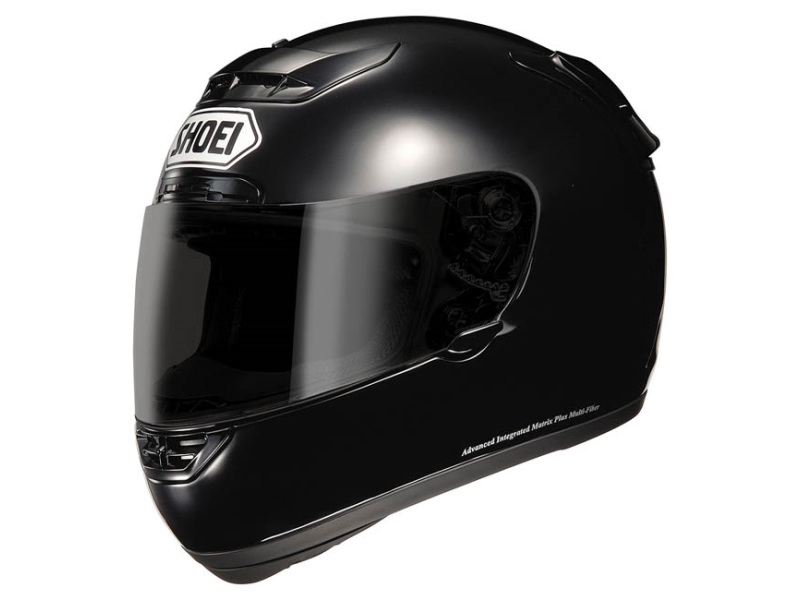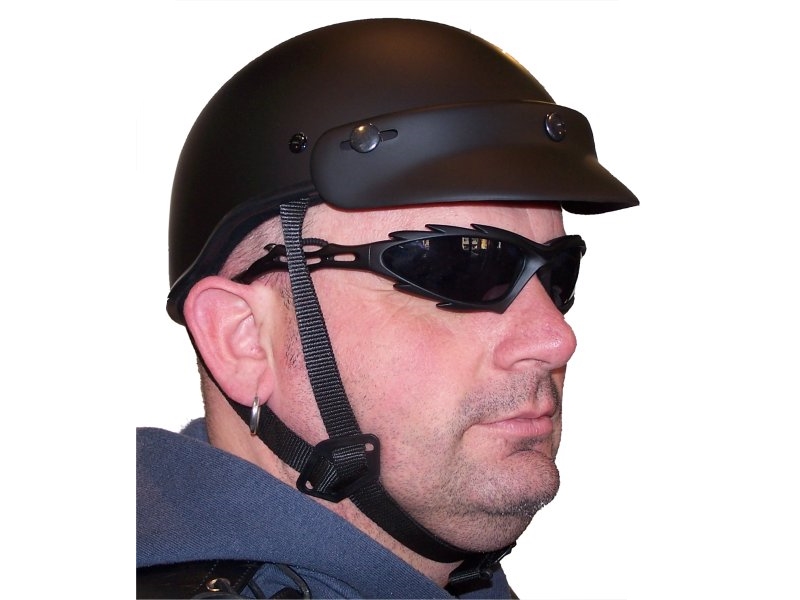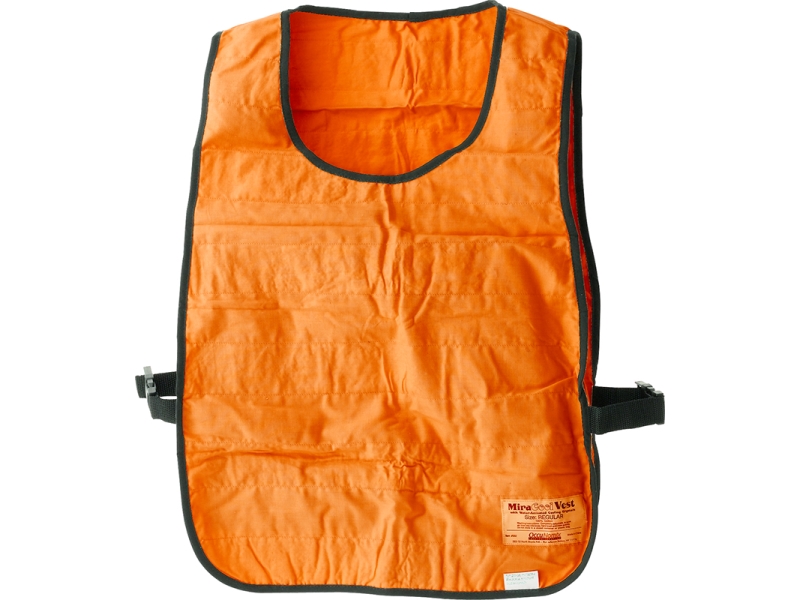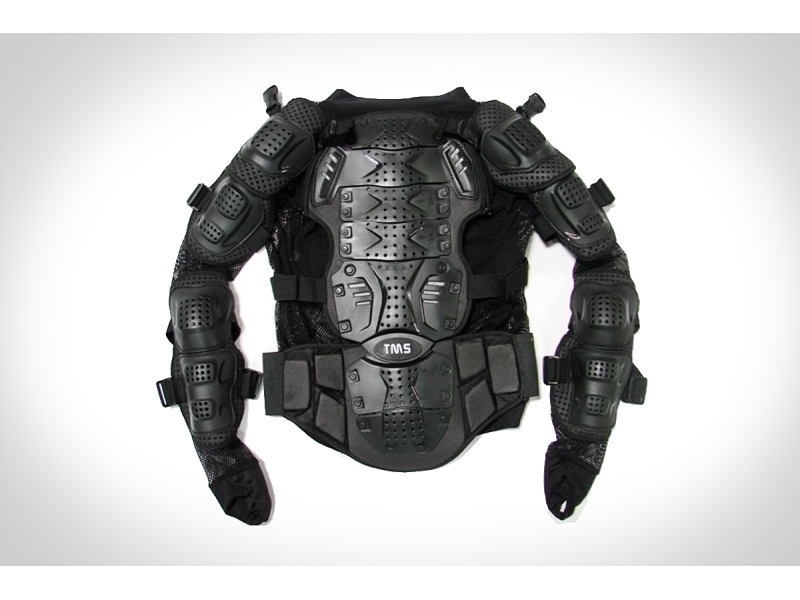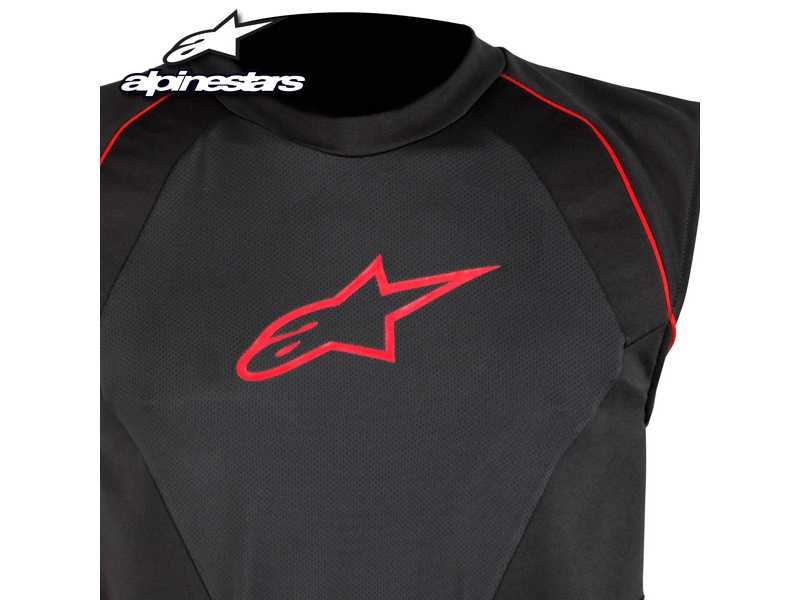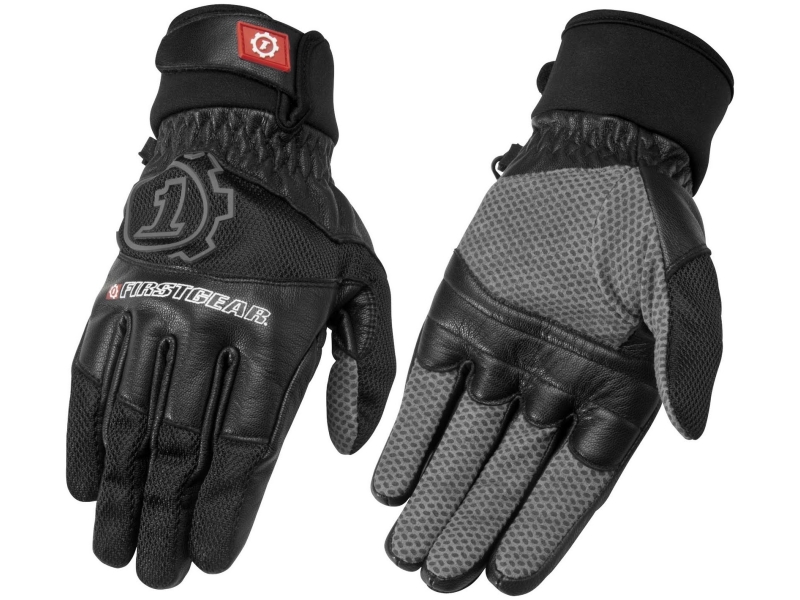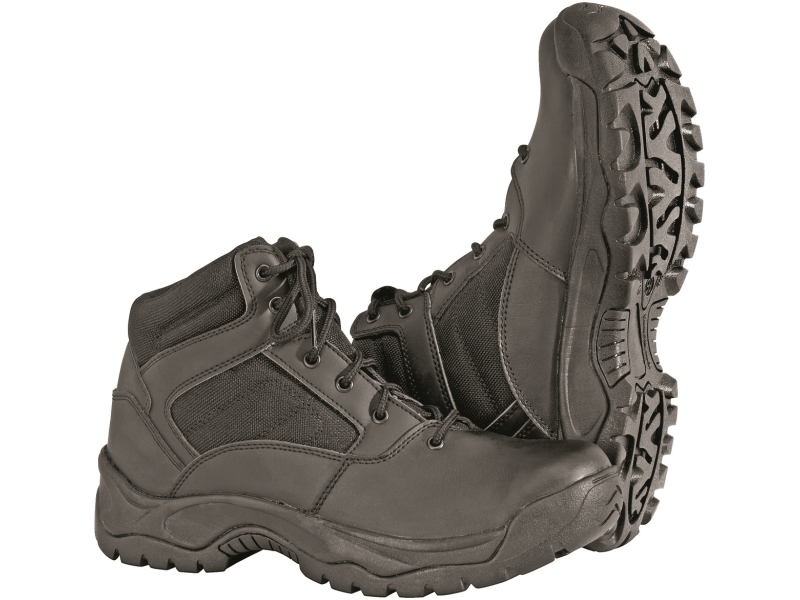Hi folks, and welcome to the second part of the "How to beat the heat" guide for riding in hot weather.
The first part of the guide went through the basic explanation of the processes that can occur in the human body when exposed to high temperatures during a motorcycle trip. The most severe effects of high temperature are dehydration, which can lead to multiple adverse reactions, and sunburns.
Dehydration is the starting point of many other negative effects that could impact the riding capability, and we're only bringing up the general discomfort caused by thirst, fatigue due to losing chemical balance of the bodily fluids, increased heart rate which struggles to keep the thicker blood pumping through your veins, and more.
On the other hand, sunburns cause a much more direct discomfort and in severe cases, they even need urgent medical treatment. Needless to say, it's so much better to be able to smile when you end the day, than to squirm in pain every time you speak, feel the sweat beads stinging as they roll down your forehead and be afraid to wipe them off.
One of the best ways to stay safe from the sun's UV radiation is using sunblock products with a high SPF or Sun Protection Factor. Remember to re-apply it if the ride is really long, and try to keep your helmet liner clean: even if yours is removable and washable, it's better not to need such treatment when on the go.
If you're not into wearing denim or cordura or leathers as you roll by, a good sunblock is definitely a must. Even if your skin is not too sensitive to sun or is darker, this doesn’t mean that the sun won't touch you: you might be free from sunburn, but still, the UV could harm your skin.
Finally, remember that sun can (and will) burn you even through lightweight fabrics, so don't think a light shirt will help you too much.
Wearing a helmet with good ventilation is very nice in the summer, especially as the head tends to sweat a lot, and the flow of air evaporating that sweat is a cooling factor. Remember to have all your vents and extractors open, including the chin intakes. In such weather, every square centimeter of open vent is a premium feature and you should take full advantage.
If you're wearing a modular helmet, riding with it open ensures excellent air flow. In some cases, depending on the motorcycle architecture and the type of helmet you're wearing, you might be surprised to find out that riding with a closed or full-face helmet is truly comfortable, provided its venting capability is top-notch.
Before you get aboard your machine to start the journey, you could use water liberally to soak the inner liner: as air starts flowing through your helmet, water evaporates and temperatures inside the helmet drop. It will not last too much, but this cooling method is great because all you need to do is pull over, add some more water, put the helmet on, and ride away.
However, the summer jackets and trousers have mesh panels for extraordinary air flow and many all-round pieces also come with zipped vents. It's really great to choose 4-season gear, as these clothes usually have a layered design that can go on and off as weather conditions warrant.
The 3-layer jackets are some of the favorite here: you get the outer cordura shell for protection against abrasion, debris, insects and whatnot, a detachable windproof and waterproof liner you can store in a pocket, while the third layer is the thermal one, shielding your body from the outer ones when it's cold.
Such a design may not be exactly the most carefree one as you need to stop and gear up before the rain, but when it comes to versatility, nothing beats it. Likewise, with both jackets and trousers sporting thigh, arm/forearm, shoulder, underarm and back vents in pretty much any combination you can imagine, it's easy to figure out how convenient wearing such clothes is.
You can wear your jacket fully zipped for the best protection, yet benefit from amazing ventilation with 4 front zippers and the rear extractor open. If you ride a lot during the summer, such clothing is the absolute best!
However, if you fancy this type of protective gear, you must also take care of the UV and direct sunlight problem, as armors leave a lot of skin exposed. Knee, shin and elbow protectors can be, of course, worn over your casual clothes, in case you're not that keen to wear leathers for a recreational ride around the town in July.
Summer gloves are truly great, and once you wear some on a trip, you're most likely going to stick with them in the hot weather. With perforations and mesh panels, summer or “air” gloves are exceptionally comfortable because your hands will no longer sweat and most of us will surely love this.
On the other hand, summer boots also have a special design for improved air flow and are way more comfortable in the hot season than your all-round boots. Or if you're not going on a longer vacation, short city boots are also a good choice.
Shaped like tall basketball shoes and sporting all the ankle, toe and calf protection, such shoes are also comfortable for walking.
Please remember that summer boots, (especially) gloves and other clothing with mesh and light fabric panels will NOT offer as much protection against abrasion and impact like the “full” gear does.
Some of the most used garments are special vests, which are made from moisture-wicking fabric and come with ventilation panels. Their nicest feature is that they control the water loss, thus reducing dehydration. Many armors and back protectors come with the same design and are suitable for the summer.
Special gel garments are also a very nifty addition to a rider's wardrobe. These clothes contain a gel that can absorb a lot of water and they will evaporate the liquid at a slow rate, ensuring many hours of wetness.
The principle is quite simple and the only secret lies in the water-absorbent material: basically, they will cool you the same way wearing a wet t-shirt does, but they will not dry as fast as your fav cotton t-shirt would. They're also very cheap: the Water Cooling Vest is $25 (€19) and it will stay wet for about 10 hours or so.
Cool suits are yet another way to lower your body temperature in the blistering weather. These full-body suits are designed to be worn underneath your leathers or other protective gear, and the very structure of the fabric helps air circulate.
With their wicking capability, such clothes are also enhancing the riding comfort as leathers will no longer stick to the rider's skin, while, by draining moisture away from the skin, they also help reduce heat build-up inside the body. Moto-D, Alpinestars and many other manufacturers are offering such suits.
Ice collars can be worn around the neck, as well, though many can't actually stand them: they sport a pocket in which a small zip-lock bag can be inserted after filling it with ice. Ice melts away and water will slowly drop on your t-shirt, keeping it wet and you cool.
In the end, if you're not willing to spend too much on such gear, you can keep wetting your t-shirt from time to time and be fine with that. Just remember that with each minute you're riding in the heat you're losing water and minerals, and drinking lots of water is the key element for beating the heat.
Check out the first part of the guide, for detailed physiological aspects of humans vs. heat. We really hope your summer rides will be cool and all right. Ride safe!
Dehydration is the starting point of many other negative effects that could impact the riding capability, and we're only bringing up the general discomfort caused by thirst, fatigue due to losing chemical balance of the bodily fluids, increased heart rate which struggles to keep the thicker blood pumping through your veins, and more.
On the other hand, sunburns cause a much more direct discomfort and in severe cases, they even need urgent medical treatment. Needless to say, it's so much better to be able to smile when you end the day, than to squirm in pain every time you speak, feel the sweat beads stinging as they roll down your forehead and be afraid to wipe them off.
Tips, tips, tips
Avoid sunburn. If you're on a long ride, we assume you're wearing your touring gear, which means boots, long trousers, a jacket and gloves. With such equipment, it's rather hard to believe there will be too much skin exposed in direct sunlight, save for the face and maybe the v-neck of the open jacket.One of the best ways to stay safe from the sun's UV radiation is using sunblock products with a high SPF or Sun Protection Factor. Remember to re-apply it if the ride is really long, and try to keep your helmet liner clean: even if yours is removable and washable, it's better not to need such treatment when on the go.
If you're not into wearing denim or cordura or leathers as you roll by, a good sunblock is definitely a must. Even if your skin is not too sensitive to sun or is darker, this doesn’t mean that the sun won't touch you: you might be free from sunburn, but still, the UV could harm your skin.
Finally, remember that sun can (and will) burn you even through lightweight fabrics, so don't think a light shirt will help you too much.
The lid
During the hot summer days, you might be tempted to ditch your full-face helmet and go for a braincap or something like that. You don't need us telling you how the two helmets differ as far as protection against impact is concerned.Wearing a helmet with good ventilation is very nice in the summer, especially as the head tends to sweat a lot, and the flow of air evaporating that sweat is a cooling factor. Remember to have all your vents and extractors open, including the chin intakes. In such weather, every square centimeter of open vent is a premium feature and you should take full advantage.
If you're wearing a modular helmet, riding with it open ensures excellent air flow. In some cases, depending on the motorcycle architecture and the type of helmet you're wearing, you might be surprised to find out that riding with a closed or full-face helmet is truly comfortable, provided its venting capability is top-notch.
Before you get aboard your machine to start the journey, you could use water liberally to soak the inner liner: as air starts flowing through your helmet, water evaporates and temperatures inside the helmet drop. It will not last too much, but this cooling method is great because all you need to do is pull over, add some more water, put the helmet on, and ride away.
Functional clothes
Not everybody can afford buying a full summer riding suit, but if you can get it at least piece by piece, it's still great. Motorcycle protective gear designed for riding in hot weather comes with a lighter build, while retaining the protection factor.However, the summer jackets and trousers have mesh panels for extraordinary air flow and many all-round pieces also come with zipped vents. It's really great to choose 4-season gear, as these clothes usually have a layered design that can go on and off as weather conditions warrant.
The 3-layer jackets are some of the favorite here: you get the outer cordura shell for protection against abrasion, debris, insects and whatnot, a detachable windproof and waterproof liner you can store in a pocket, while the third layer is the thermal one, shielding your body from the outer ones when it's cold.
Such a design may not be exactly the most carefree one as you need to stop and gear up before the rain, but when it comes to versatility, nothing beats it. Likewise, with both jackets and trousers sporting thigh, arm/forearm, shoulder, underarm and back vents in pretty much any combination you can imagine, it's easy to figure out how convenient wearing such clothes is.
You can wear your jacket fully zipped for the best protection, yet benefit from amazing ventilation with 4 front zippers and the rear extractor open. If you ride a lot during the summer, such clothing is the absolute best!
Armor
Some can't stand the external armors, and there is no way others could blame them: it's just a matter of comfort and looks. If you're riding to work or have various meetings, it's just impractical to wear such an armor.However, if you fancy this type of protective gear, you must also take care of the UV and direct sunlight problem, as armors leave a lot of skin exposed. Knee, shin and elbow protectors can be, of course, worn over your casual clothes, in case you're not that keen to wear leathers for a recreational ride around the town in July.
Boots and gloves
While full riding suits for the summer are not exactly dirt cheap, boots and gloves don't cost a fortune.Summer gloves are truly great, and once you wear some on a trip, you're most likely going to stick with them in the hot weather. With perforations and mesh panels, summer or “air” gloves are exceptionally comfortable because your hands will no longer sweat and most of us will surely love this.
On the other hand, summer boots also have a special design for improved air flow and are way more comfortable in the hot season than your all-round boots. Or if you're not going on a longer vacation, short city boots are also a good choice.
Shaped like tall basketball shoes and sporting all the ankle, toe and calf protection, such shoes are also comfortable for walking.
Please remember that summer boots, (especially) gloves and other clothing with mesh and light fabric panels will NOT offer as much protection against abrasion and impact like the “full” gear does.
Go technical
Finally, we have technology and research to thank for the plethora of “technical gear” specially created for helping riders cool down.Some of the most used garments are special vests, which are made from moisture-wicking fabric and come with ventilation panels. Their nicest feature is that they control the water loss, thus reducing dehydration. Many armors and back protectors come with the same design and are suitable for the summer.
Special gel garments are also a very nifty addition to a rider's wardrobe. These clothes contain a gel that can absorb a lot of water and they will evaporate the liquid at a slow rate, ensuring many hours of wetness.
The principle is quite simple and the only secret lies in the water-absorbent material: basically, they will cool you the same way wearing a wet t-shirt does, but they will not dry as fast as your fav cotton t-shirt would. They're also very cheap: the Water Cooling Vest is $25 (€19) and it will stay wet for about 10 hours or so.
Cool suits are yet another way to lower your body temperature in the blistering weather. These full-body suits are designed to be worn underneath your leathers or other protective gear, and the very structure of the fabric helps air circulate.
With their wicking capability, such clothes are also enhancing the riding comfort as leathers will no longer stick to the rider's skin, while, by draining moisture away from the skin, they also help reduce heat build-up inside the body. Moto-D, Alpinestars and many other manufacturers are offering such suits.
Ice collars can be worn around the neck, as well, though many can't actually stand them: they sport a pocket in which a small zip-lock bag can be inserted after filling it with ice. Ice melts away and water will slowly drop on your t-shirt, keeping it wet and you cool.
In the end, if you're not willing to spend too much on such gear, you can keep wetting your t-shirt from time to time and be fine with that. Just remember that with each minute you're riding in the heat you're losing water and minerals, and drinking lots of water is the key element for beating the heat.
Check out the first part of the guide, for detailed physiological aspects of humans vs. heat. We really hope your summer rides will be cool and all right. Ride safe!
